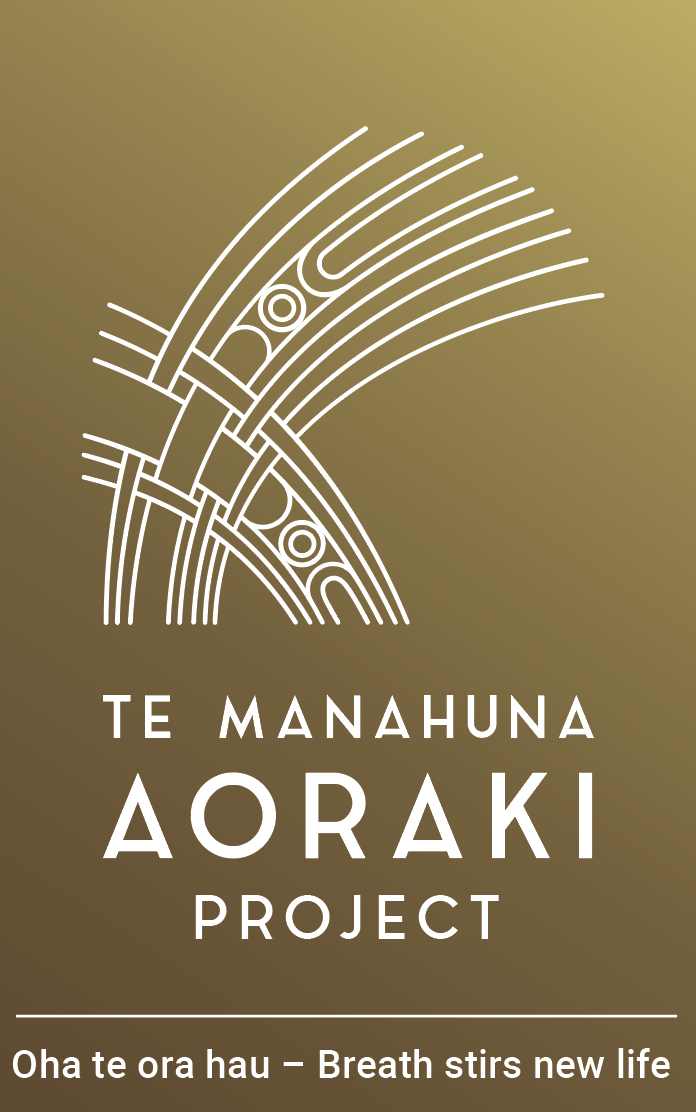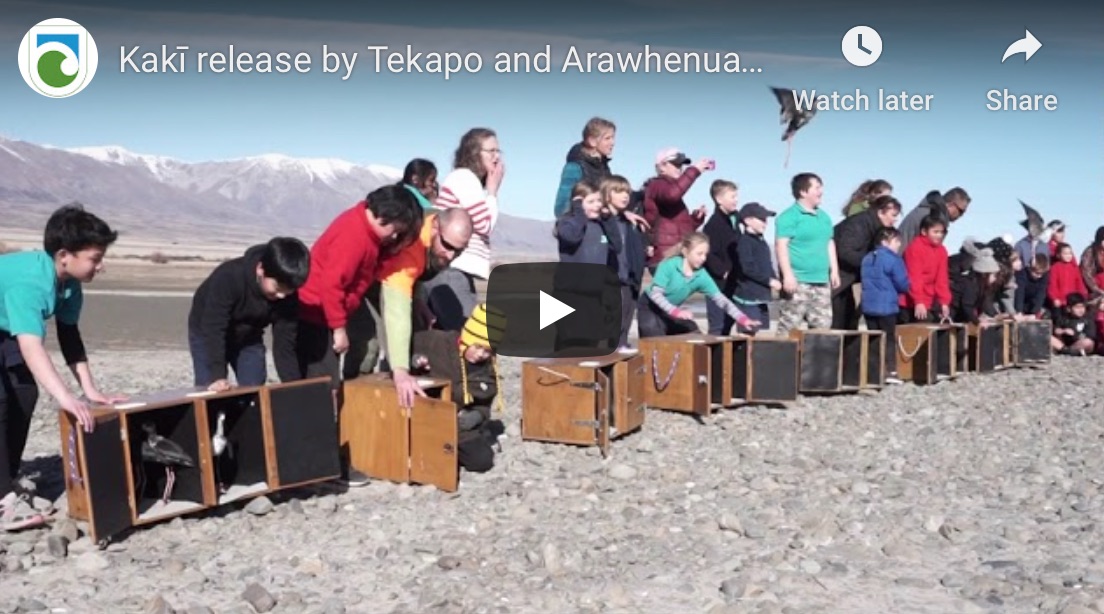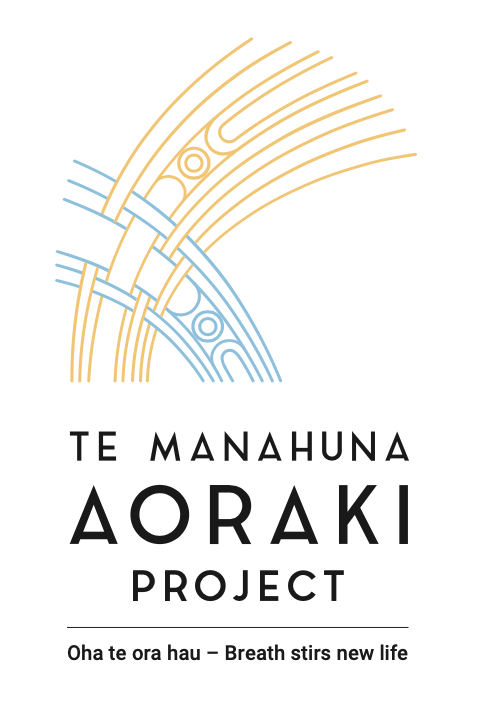The schools were invited to assist the Department of Conservation (DOC) in releasing 104 juvenile kakī/black stilts into the Godley Valley as part of its ongoing Kakī Recovery Programme.
“This is a really exciting time for DOC’s kakī recovery team and all those who help us in this work,” DOC senior biodiversity ranger Dean Nelson said.
“We’re seeing years of hard work to protect these critically endangered birds finally turning the tide for their recovery.”
The adult kakī population increased by 30 per cent between 2019 and 2020, to a total of 169 adults, the population’s most significant increase since the recovery programme began more than 40 years ago.
“It’s a collective effort with the population increase the result of both an intensive captive breeding programme and an increase in predator control throughout the Mackenzie Basin where they live in the wild,” Nelson said.
“It’s been a tough year for wild kakī due to frequent heavy flooding during the peak of the breeding season.”
He said although the number of birds being released this year is less than previous years, it is “fantastic” to have more than 100 young birds released.
Some of this year’s release are the first to be reared in a kakī brooding facility near Twizel, and 24 were raised by the Isaac Conservation and Wildlife Trust at its facilities near Christchurch.
Kakī breed in braided riverbeds leaving them and their eggs exposed to severe weather events and introduced mammalian predators, such as feral cats, stoats, weasels, ferrets and hedgehogs.
This is the first year all the young kakī are being released into the Godley Valley after extensive predator control carried out in the area by conservation project Te Manahuna Aoraki.
Fiona McNab, Te Manahuna Aoraki project director, said although kakī are tough birds that live in extreme environments, they need a helping hand.
“Te Manahuna Aoraki has increased trapping networks to now protect 80 per cent of the kakī range, we have high hopes kakī numbers will continue to increase with more predators taken out of the landscape,” she said.
“Protecting kakī and other braided river species is a team effort, and we’re building on work by DOC and Project River Recovery.”
She also thanked landowners who allow trapping over their land.


